Paytm's Comeback Strategy: From Regulatory Crisis to Marketing Renaissance
- Nayan Tomar
- Jun 30
- 3 min read

Reading Time: 5 minutes
Post-RBI crisis, Paytm lost 24% of its user base in just 4 months - then engineered one of India's greatest marketing comebacks through compliance-first messaging and strategic partnership building.
When Regulatory Thunder Strikes: The Crisis That Changed Everything
In January 2024, the Reserve Bank of India delivered a crushing blow that sent shockwaves through India's fintech ecosystem. Paytm Payments Bank was barred from accepting new deposits, conducting credit transactions, and providing UPI services due to "persistent non-compliance" with regulatory norms. The immediate aftermath was devastating: Paytm's monthly transacting users plummeted from 104 million in January 2024 to 80 million by April 2024 - a staggering 24% decline. The company's stock price crashed by 35% within days, erasing $2 billion in investor wealth.

For a company that had pioneered India's digital payments revolution and built a brand synonymous with "cashless India," this wasn't just a business crisis—it was an existential threat that demanded immediate crisis communication strategy. The regulatory action targeted the very foundation of Paytm's business model, forcing the company to completely reimagine its marketing approach while simultaneously rebuilding stakeholder trust.
The Marketing Renaissance: Four Pillars of Recovery
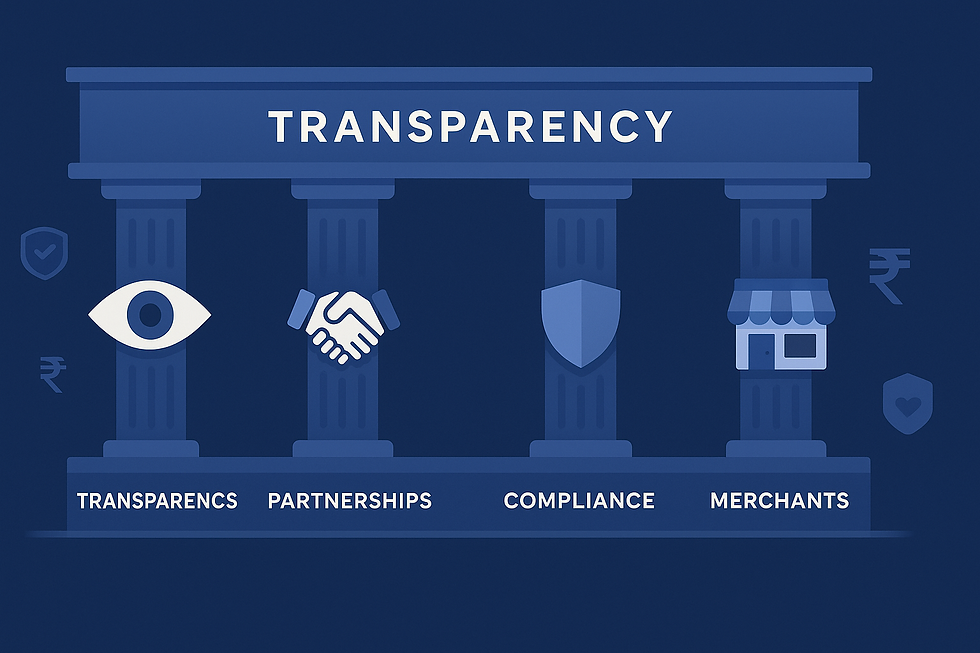
Transparency-First Communication Strategy
Rather than adopting defensive corporate speak, Paytm embraced radical transparency in its crisis marketing. CEO Vijay Shekhar Sharma publicly acknowledged the company had "learnt lessons" and "dramatically changed approach towards business". This honest communication style extended across all stakeholder touchpoints - from investor calls to merchant communications. The company proactively shared updates about migration timelines, partnership developments, and compliance improvements, turning potential uncertainty into controlled narrative management.
Strategic Partnership Credibility Building
Understanding that third-party validation was crucial for trust rebuilding, Paytm aggressively pursued high-profile banking partnerships. The company successfully partnered with Axis Bank, HDFC Bank, State Bank of India (SBI), and YES Bank for UPI services, demonstrating institutional confidence in its rehabilitation. Each partnership announcement was strategically marketed as a vote of confidence from India's most trusted financial institutions, effectively transferring credibility from established banks to Paytm's recovering brand.

Compliance-Driven Value Proposition
Paytm transformed its biggest weakness into a competitive advantage by making regulatory compliance central to its marketing message. The company repositioned itself as the "most compliant fintech in India," emphasizing its arm's-length separation from the payments bank and enhanced risk management systems. This compliance-first messaging resonated particularly well with institutional clients and government entities who valued regulatory adherence over growth-at-all-costs rhetoric.
Merchant-Centric Recovery Focus
With over 4.3 crore merchants representing its strongest asset, Paytm concentrated its marketing efforts on merchant retention and reactivation. The company launched targeted campaigns emphasizing business continuity, introduced new merchant devices, and accelerated its distribution network expansion. By Q1 FY2025, new merchant signups reached January 2024 pre-crisis levels, demonstrating the effectiveness of this focused approach.
The Numbers Tell the Recovery Story
The proof of Paytm's marketing renaissance lies in its operational recovery metrics. Revenue jumped to ₹1,828 crore in Q3 FY2025, with monthly transacting users growing to 7.2 crore by December 2024. More importantly, the company's stock price crossed ₹1,000 to reach a 52-week high, performing better than its pre-crisis levels of around ₹780.
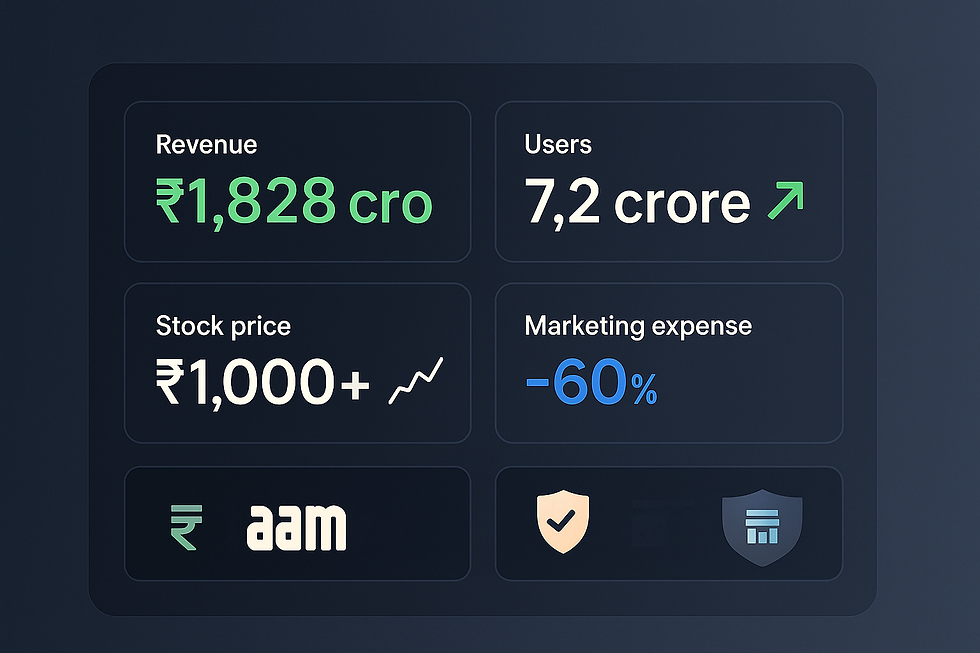
The strategic shift in marketing spend allocation proved crucial. Marketing expenses were reduced by over 60% year-on-year, dropping from ₹252.8 crore to strategic, targeted campaigns. This wasn't cost-cutting for survival - it was strategic reallocation toward trust-building content, compliance messaging, and relationship marketing rather than mass-market acquisition campaigns.
Perhaps most tellingly, financial institutions showed renewed interest in partnering with Paytm through the Default Loss Guarantee (DLG) model, with 80% of merchant loans now coming through this structure. This represented a complete turnaround from the institutional skepticism that followed the initial RBI action.

The Takeaway: Crisis Marketing Requires 3x Investment in Trust-Building
Paytm's comeback strategy offers a masterclass in crisis communication for digital-first companies. The key insight: crisis marketing requires 3x more investment in trust-building content than traditional growth marketing. While typical fintech marketing focuses on user acquisition metrics and viral growth, crisis marketing demands patient capital invested in stakeholder education, regulatory storytelling, and institutional relationship building.
The most powerful lesson from Paytm's recovery is that transparent communication, when coupled with genuine operational changes, can actually strengthen brand equity post-crisis. Companies that survive regulatory challenges often emerge more resilient, with deeper stakeholder relationships and more sustainable business models than their crisis-free competitors.
Ready to build a crisis-proof marketing strategy? Subscribe to our weekly newsletter for more case studies on how India's top startups navigate regulatory challenges and turn setbacks into competitive advantages. Share this analysis with your marketing team - because in today's regulated digital economy, it's not if a crisis will hit, but when.

.png)
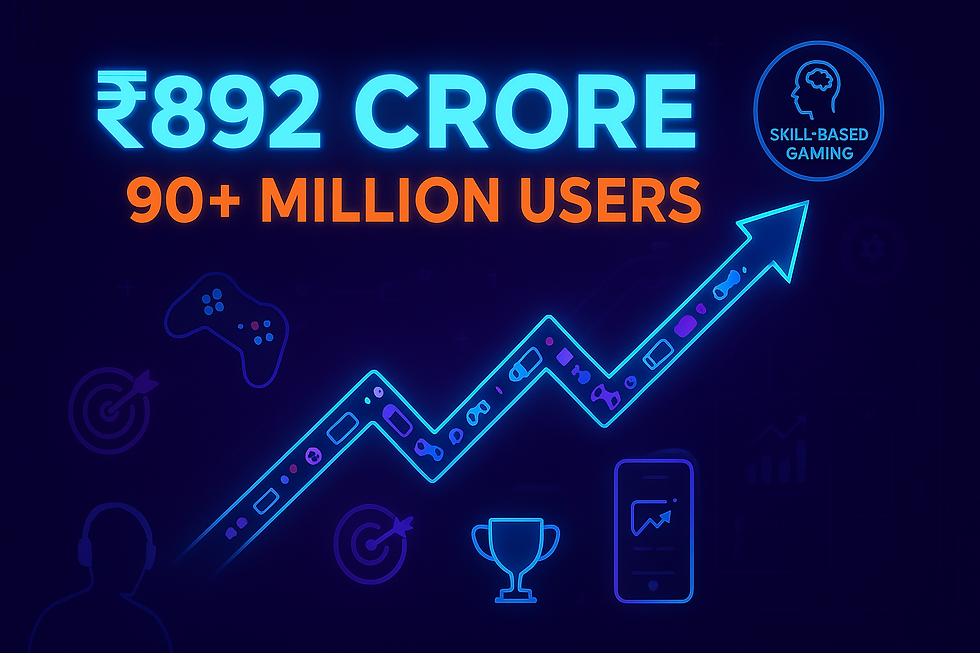
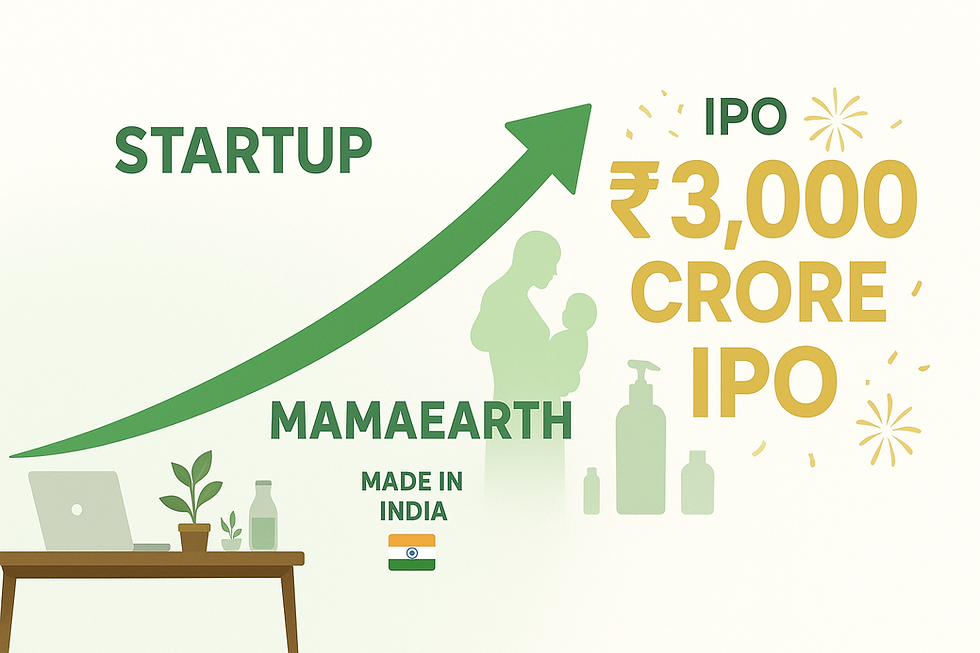
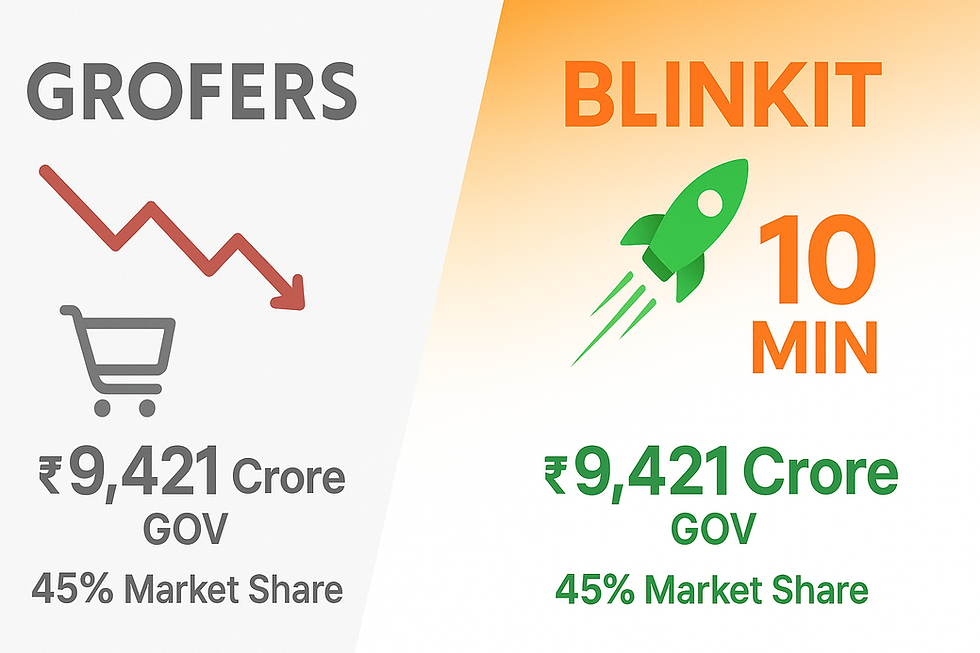
Comments